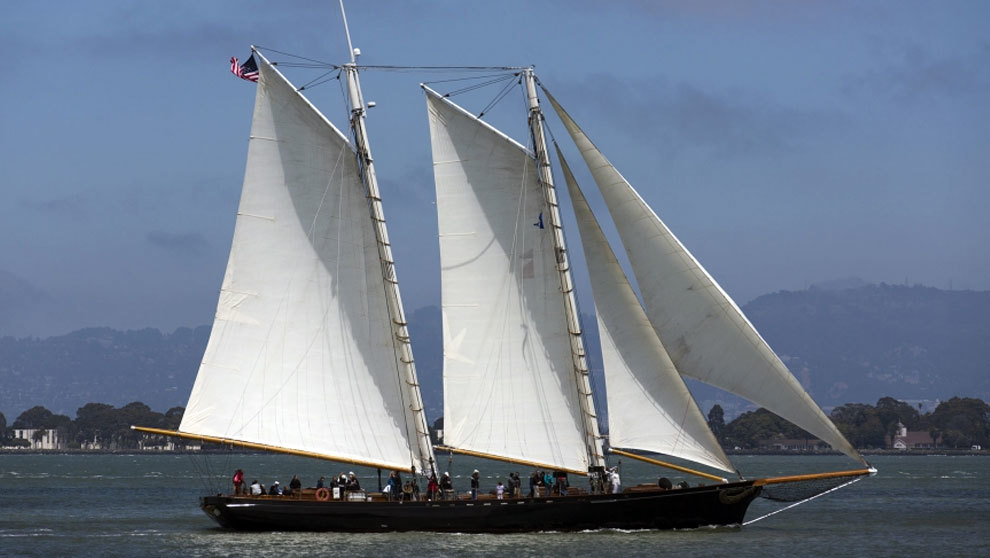The documentary “Blackfish” has had a profound impact on the public’s perception of orca welfare, particularly in the context of keeping them in captivity for entertainment purposes. Released in 2013, “Blackfish” tells the story of Tilikum, an orca that was involved in the deaths of several people while in captivity at SeaWorld, a theme park known for its marine life exhibits and performances. The film examines the treatment of orcas in captivity, suggesting that their confinement and the pressures of performing can lead to aggression and psychological distress. This narrative, combined with compelling footage and interviews, has sparked widespread debate about the ethics of keeping orcas and other marine mammals in captivity for human entertainment.
The Impact of “Blackfish” on Public Opinion
“Blackfish” has significantly shifted public opinion regarding the captivity of orcas. Before its release, many people viewed orca shows as educational and entertaining, with little consideration for the welfare of the animals involved. However, the documentary exposed the darker side of these performances, revealing the tragic events surrounding Tilikum and the detrimental effects of captivity on orcas. This has led to a marked decrease in attendance at SeaWorld and similar parks, as well as a change in how these institutions are perceived by the public and regulated by authorities.
Regulatory and Institutional Changes
The backlash following “Blackfish” has prompted significant changes in how orcas are treated and exhibited:
- End of Breeding Programs: SeaWorld, in particular, has announced an end to its orca breeding program, acknowledging the changing public attitude towards keeping orcas in captivity. This decision marks a significant shift away from the idea of captivity for entertainment.
- Shift in Focus: Many theme parks and aquariums have begun to shift their focus towards more educational and conservation-oriented exhibits, moving away from the spectacle of orca shows. This includes the development of more naturalistic habitats and an emphasis on the welfare and conservation of marine species.
- Improved Welfare Standards: There has been a push for improved welfare standards for orcas and other marine mammals in captivity, including larger, more naturalistic enclosures and a greater emphasis on the animals’ mental and physical health.
- Legislative Changes: “Blackfish” has also inspired legislative efforts aimed at protecting orcas and other marine mammals. For example, laws and proposals have been put forth in various jurisdictions to ban the captivity of orcas for entertainment purposes or to improve the conditions under which they are kept.
Solutions for Enhanced Orca Welfare
To ensure the welfare of orcas, both in captivity and in the wild, several solutions can be implemented:
- Sanctuaries: Establishing coastal sanctuaries where orcas can live in more natural conditions, without being subjected to performances, can provide a better life for those already in captivity. These sanctuaries would need to be large enough to accommodate the orcas’ need for space and social interaction.
- Conservation Efforts: Supporting conservation efforts in the wild, including the protection of orca habitats, reduction of pollution, and prevention of overfishing, is crucial for the long-term survival of orca populations.
- Education and Awareness: Continuing to educate the public about orca welfare and the impacts of captivity can help sustain the momentum for change. This includes promoting a culture of respect and appreciation for marine life, encouraging responsible and ethical tourism practices, and supporting scientific research that benefits orca conservation.
- Alternative Entertainment Models: Developing alternative models for entertainment and education that do not involve the captivity of marine mammals can help meet the public’s desire for engagement with these animals while prioritizing their welfare.
Challenges Ahead
Despite the progress made, challenges remain. The transition to a model that prioritizes orca welfare over entertainment is complex and requires significant investment. Additionally, the legacy of orca captivity means that there are still many individuals in captivity who require care and management. Ensuring that these animals receive the best possible care and that future generations are protected from the harms of captivity will be an ongoing effort.
Conclusion
“Blackfish” has been a catalyst for change in how society views the captivity of orcas. The film’s impact extends beyond the screen, influencing public opinion, regulatory frameworks, and the operational practices of marine parks and aquariums. As we move forward, it is essential to continue advocating for the welfare of orcas, supporting conservation efforts, and promoting a culture of respect and appreciation for these magnificent creatures. By working together, we can ensure a future where orcas thrive, both in the wild and in our hearts and imaginations.
What are the main arguments against keeping orcas in captivity for entertainment?
+The primary arguments against keeping orcas in captivity include the psychological and physical harm caused by confinement, the lack of natural stimulation, and the ethical concerns surrounding the use of animals for human entertainment. These arguments are supported by evidence of aggressive behavior, shortened lifespans, and the failure of captivity to provide a suitable environment for orcas’ complex social and spatial needs.
How can I support orca conservation and welfare efforts?
+Supporting orca conservation involves several steps: staying informed about the latest research and conservation efforts, donating to reputable organizations dedicated to marine conservation, advocating for policies that protect marine habitats and prohibit the captivity of orcas for entertainment, and making conscious choices as a consumer to avoid products and activities that harm orca populations or their habitats.
What are some alternatives to visiting marine parks with orca shows?
+Alternatives to visiting marine parks include supporting sanctuaries and rehabilitation centers that prioritize animal welfare, participating in whale watching tours that promote responsible and respectful viewing of orcas in their natural habitat, and engaging with educational programs and documentaries that teach about marine life without exploiting animals.



